Editorial Note: Over the past several months we have embarked upon a new series that profiles NASA science, innovation and technologies used to explore space. We invite you to check out our growing archive of articles in our NASA series. For this story Steve Brachmann interviewed Tim Kopra, who will be Commander of Expedition 47 aboard the International Space Station.
_______________
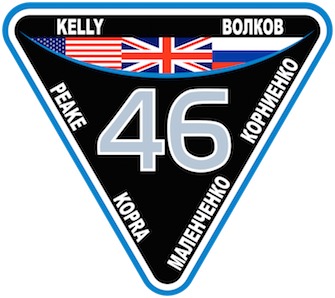 The International Space Station (ISS) is a microgravity laboratory which orbits Earth once every 90 minutes and has been consistently occupied since the first astronauts arrived in November 2000. Hundreds of experiments across a range of scientific disciplines have been carried out on the ISS, many of which have benefited humans back on the Earth’s surface. ISS crews typically have six astronauts who are engaged as lab technicians for about 35 hours each week to perform needed tasks in space that support scientific crews conducting experiments on the ground.
The International Space Station (ISS) is a microgravity laboratory which orbits Earth once every 90 minutes and has been consistently occupied since the first astronauts arrived in November 2000. Hundreds of experiments across a range of scientific disciplines have been carried out on the ISS, many of which have benefited humans back on the Earth’s surface. ISS crews typically have six astronauts who are engaged as lab technicians for about 35 hours each week to perform needed tasks in space that support scientific crews conducting experiments on the ground.
On December 15th, the next chapter of the ISS’s scientific mission will get underway with the launching of three crew members of Expedition 46/47 aboard a Russian Soyuz rocket launched from the Baikonur Cosmodrome in Kazakhstan. The crew members are NASA’s Tim Kopra, Yuri Malenchenko of the Russian Federal Space Agency (Roscosmos) and Timothy Peake of the European Space Agency (ESA). They’ll be filling out an Expedition 46 crew that also includes NASA’s Scott Kelly, who will serve as mission commander, as well as Russian cosmonauts Mikhail Kornienko and Sergey Volkov. Kopra, Peake and Malenchenko will remain on the ISS for Expedition 47 when they will be joined by NASA’s Jeff Williams as well as Oleg Skripochka and Alexey Ovchinin, both of Roscosmos; Kopra will take over as commander of Expedition 47 once Kelly leaves the ISS. The five-month mission of the Expedition 46/47 crew will come to an end when the trio return to earth next May.
On the afternoon of Thursday, September 24th, the three members of the Expedition 46/47 crew appeared at a press conference held at NASA’s Lyndon B. Johnson Space Center in Houston, TX. The trio responded to questions from journalists in attendance or calling into the Johnson Space Center and others on social media were able to get involved by asking questions in posts that included #askNASA.
This will be Kopra’s first visit to the ISS since he was removed from the mission crew for the final Space Shuttle Discovery flight in 2011 after breaking his hip in a bicycle accident a little more than a month before takeoff. “There’s nothing worse than to lose a flight so close to the launch date,” Kopra said. He added that the experience gave him a new appreciation for the job that astronauts have. “Not to say that I took my job for granted before but I’m probably more grateful for this opportunity.” Malenchenko has been riding in space missions since MIR: Expedition 16 flew in 1994. This will be the sixth space flight for Malenchenko who, interestingly enough, is the only person to have ever been married while in outer space. Tim Peake will be making his first spaceflight and his presence as the first British astronaut aboard the ISS marks an important milestone. He is also only the second British national ever to reach outer space. As Peake noted, England had always been a member of the ESA but had only recently joined the human spaceflight program.
“We are the most visible portion of human spaceflight but it is a huge team, especially since the Space Station is a laboratory,” Kopra said, noting the teams of scientists remaining behind on Earth who are all part of the ISS’s scientific mission. The selection process that wound up with Kopra, Peake and Malenchenko being chosen for the December spaceflight started with a group of about 6,000 people which was finally culled down to eight. “One of the things that was quite noticeable with the European colleagues selected… all had some sort of experience working in multicultural environments and teamwork scenarios,” Tim Peake said. As Kopra put it, one of the main questions at the back of the minds of NASA’s astronaut selection crew is: “Who would I like to go camping with?”
The entire length of the ISS, including the more than one acre of solar panel arrays designed to generate the electric power to operate lab tools, is about one NFL football field. The habitable volume is just shy of 13,700 cubic feet although the ISS itself is larger than a six-bedroom house. Along with the laboratory facilities, the ISS also houses a robotic workstation, a gym and sleeping quarters. The station will be a little cramped in the few days just after the Expedition 46/47 crew’s arrival until the departure of crew members from Expedition 44/45 by the end of December.
Kopra, Peak and Malenchenko have spent the better part of two years training together for the December mission to the ISS and during the press conference all of them noted the incredible physical condition that astronauts must possess in order to successfully take part in such a mission. The trio have trained at locations around the world to get to a level of fitness that will enable them to spacewalk, which is a strenuous and physically demanding activity despite the lack of gravity. Once on board the ISS, the astronauts will also have to engage in a regular exercise regimen for a couple of hours each day, including weight lifting as well as using bicycle and treadmill equipment for aerobic work.
All of this training and conditioning is to ensure that crew members are extremely capable of carrying out the scientific mission and goals of the ISS. At any given time, there are dozens of experiments taking place on board the ISS. According to Kopra, there are just shy of 100 U.S.-led experiments and 160 scientific experiments from the international community being facilitated by ISS crews; about 50 of these combined science experiments are new to the ISS. Asked if he had a favorite experiment, Kopra responded, “That could make the principal investigators jealous, that’s like picking a favorite child.” He did note one experiment which involved capturing ultrasound images of astronaut eyes to study the supposedly negative effects of outer space on eye tissue. Peake noted how the environment of outer space was perfect for growing pure crystals which are better at fighting disease-causing protein to develop pharmaceutical developments for use back on Earth.
IPWatchdog had a chance to ask NASA’s Tim Kopra a few questions after the press conference. Kopra never thought he would be involved with scientific fields much while growing up but he always had a hands-on mentality that, coupled with a fascination for flight, led him to graduate from West Point in 1985, after which he spent years as a pilot in the U.S. Army. Kopra hasn’t served with either of his respective crew members in the past but he did note that both his and Peake’s prior experiences as military pilots have given them an area of commonality. “And Yuri is one of the premier cosmonauts to have ever flown in space,” Kopra said.
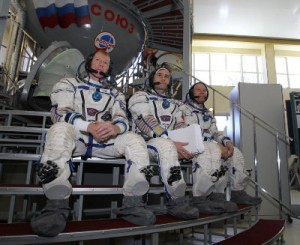
“The Soyuz TMA-17M” by NASA. Public domain. From left to right: Timothy Peake, Yuri Malenchenko, Tim Kopra
Noting that ISS astronauts were more like lab technicians than scientists, Kopra separated ISS experiments into three main categories. “For some experiments we are the subjects,” Kopra said, especially for those experiments leading to a better understanding of how spending an elongated amount of time in zero-gravity environments affects the human body. Other experiments only require some setup from astronauts after which they run fairly autonomously while still more experiments are installed on the exterior of the ISS and require no astronaut intervention at all.
One such experiment where the astronauts are the scientific subject being studied is known as Wearable System for Sleep Monitoring in Microgravity, a NASA sponsored study being administered by four Italian scientists from Milano. This experiment, lasting from September 2014 to March 2016, seek to collect biometric data from astronauts as they sleep to see why sleep quality is poor in outer space. To overcome obstacles preventing previous sleep monitoring tests from working effectively, often because they would wake astronauts, this experiment incorporates the use of a lightweight vest containing silver wires and sensors which is more comfortable while still capable of collecting sleep data. It’s believed that insights from this experiment could yield human benefits on Earth for the one-fourth of the developed world’s population that suffer from sleep problems.
We’ve covered exciting developments in the world of additive manufacturing, or 3D printing, here on IPWatchdog in the past and we were intrigued to note an ISS experiment that may presage the installation of a 3D printer on-board the station at some point in the future. Portable Onboard Printer 3D (POP 3D) is another experiment developed by Italian scientists and sponsored by NASA. The experiment is only focusing on the production of one small plastic object produced during an automated-fabrication session which will be returned to Earth for analysis. The additive manufacturing processes will also be photographed and filmed at high resolution so that scientists can see exactly how 3D printing on the ISS occurred.
Two instruments mounted to the exterior of the ISS make up the instrumentation that supports the experiment known as Remote Atmospheric and Ionospheric Detection System (RAIDS), part of the HICO and RAIDS Experimental Payload (HREP). This experiment was jointly developed between The Aerospace Corporation of El Segundo, CA, and the U.S. Department of Defense Space Test Program at the Johnson Space Center. HREP-RAIDS, which takes place between a period of more than seven years starting in April 2009 and ending September 2016, involves the use of ultraviolet and visible remote sensing equipment to better determine the density, temperature and composition of Earth’s atmosphere at between 59 miles and 186 miles from the planet’s surface. Data from this experiment may help inform our understanding of this region of the atmosphere, which hasn’t been well studied, and how space debris and satellites are affected by low-Earth orbit.
“You could very well use [the ISS] as a model for international cooperation,” said Kopra in our post-conference interview. The technical problems which crew members must overcome while on board often requires astronauts to come up with mutual solutions that don’t discriminate between agencies or international borders. Kopra noted how NASA started working with the Russian space agency during the Cold War and how strong the partnership is today between the space agencies from both countries. “The last time I was on board, we had a six person crew where all international partners were represented,” Kopra said. “It worked pretty darn flawlessly.”

![[IPWatchdog Logo]](https://ipwatchdog.com/wp-content/themes/IPWatchdog%20-%202023/assets/images/temp/logo-small@2x.png)

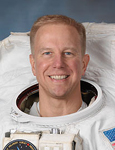
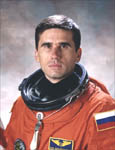
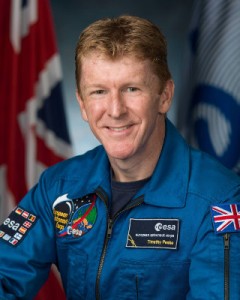
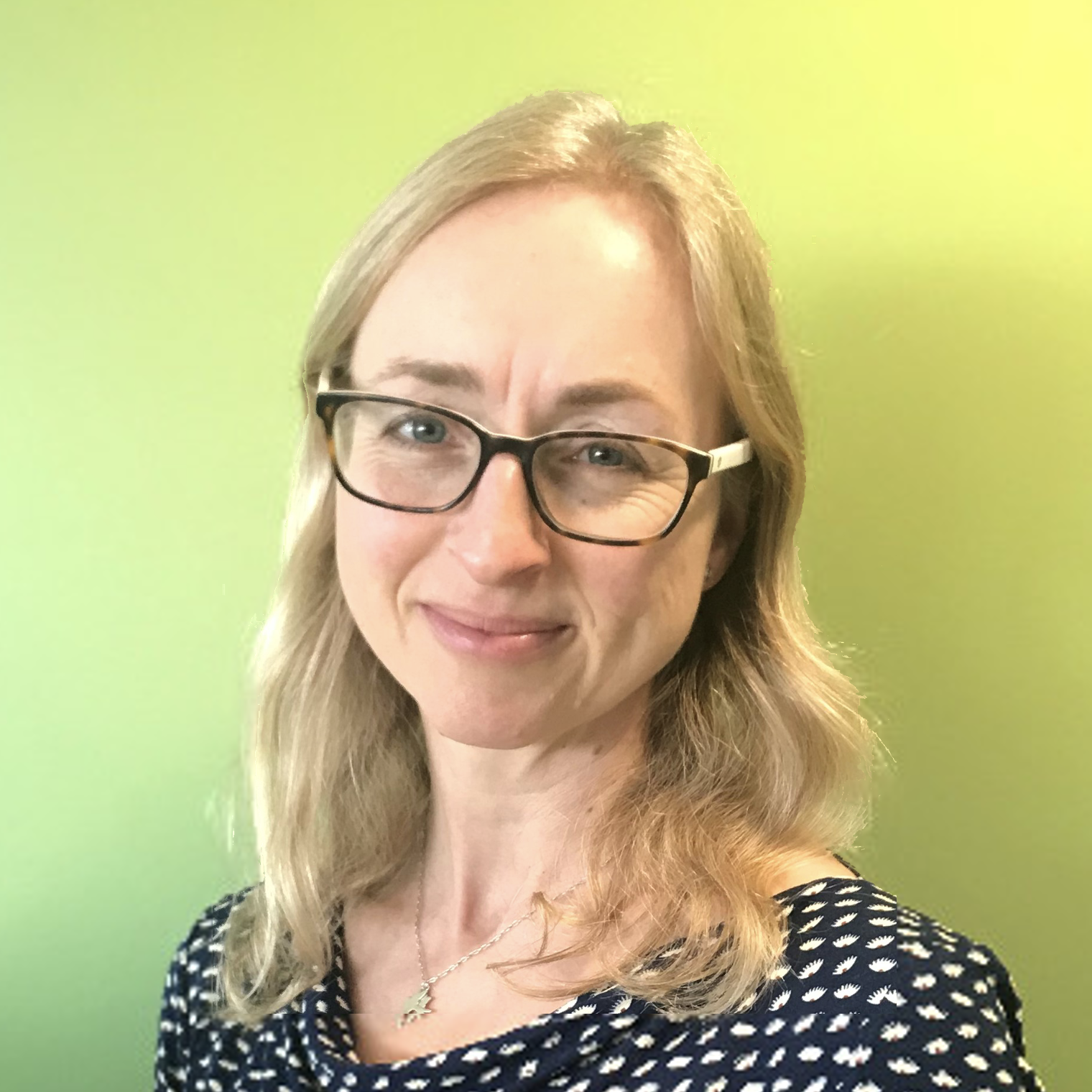
![[Advertisement]](https://ipwatchdog.com/wp-content/uploads/2024/04/UnitedLex-May-2-2024-sidebar-700x500-1.jpg)
![[Advertisement]](https://ipwatchdog.com/wp-content/uploads/2024/04/Artificial-Intelligence-2024-REPLAY-sidebar-700x500-corrected.jpg)
![[Advertisement]](https://ipwatchdog.com/wp-content/uploads/2024/04/Patent-Litigation-Masters-2024-sidebar-700x500-1.jpg)

![[Advertisement]](https://ipwatchdog.com/wp-content/uploads/2021/12/WEBINAR-336-x-280-px.png)
![[Advertisement]](https://ipwatchdog.com/wp-content/uploads/2021/12/2021-Patent-Practice-on-Demand-recorded-Feb-2021-336-x-280.jpg)
![[Advertisement]](https://ipwatchdog.com/wp-content/uploads/2021/12/Ad-4-The-Invent-Patent-System™.png)






Join the Discussion
No comments yet.